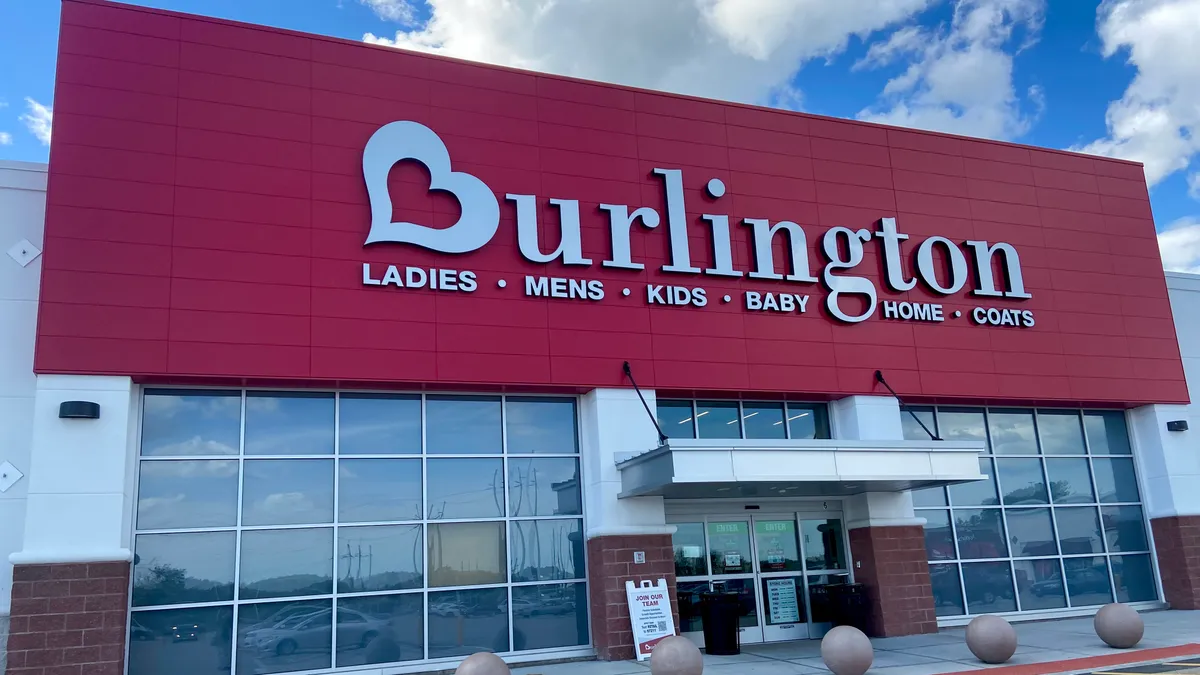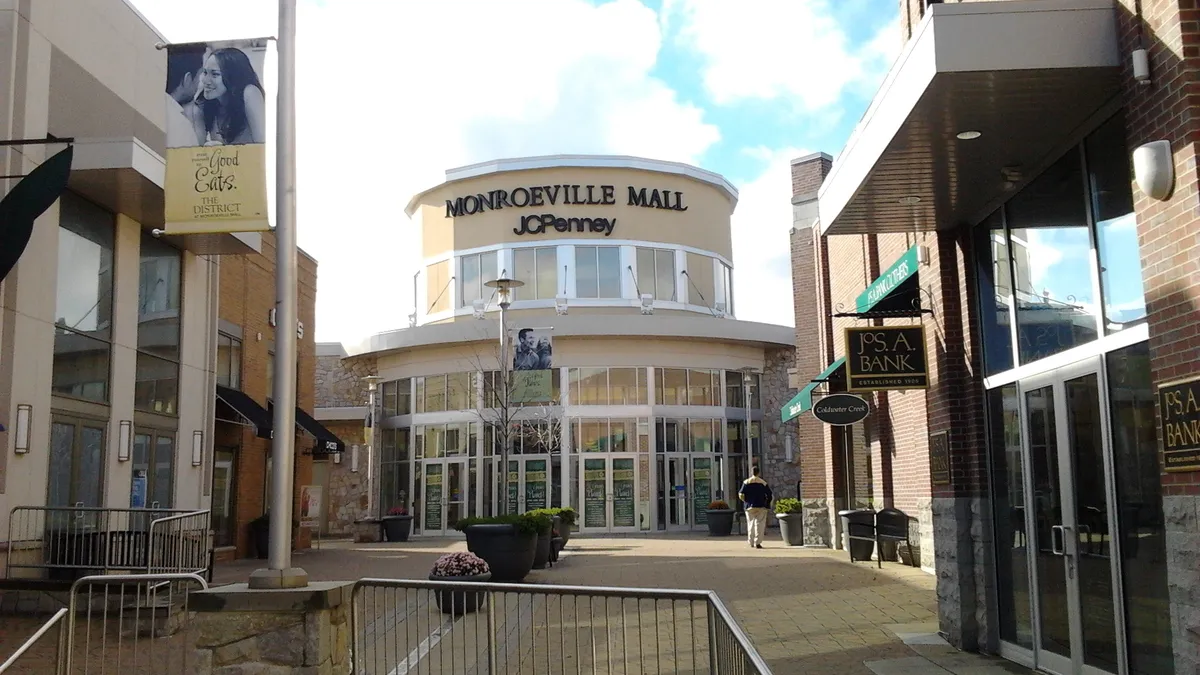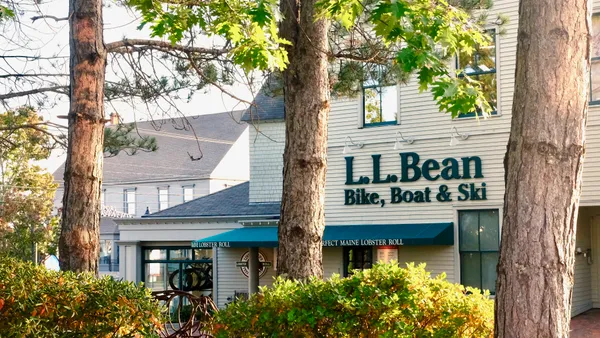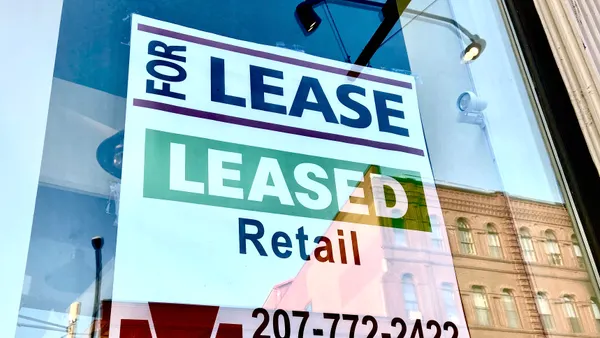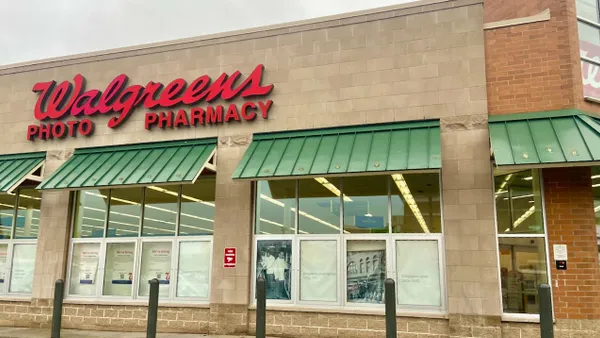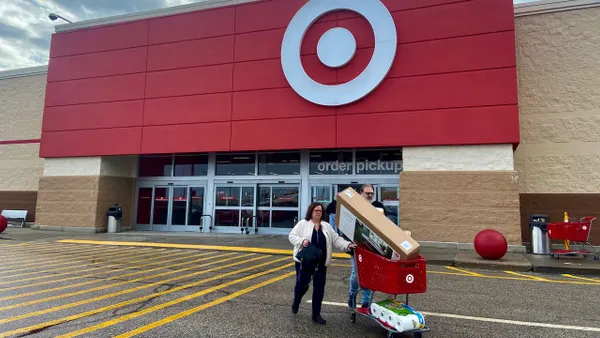Dive Brief:
- Burlington Stores saw elevated supply chain expenses in Q3 as the off-price retailer spent more to take advantage of high-quality buying opportunities amid industry-wide inventory glut.
- Product sourcing costs were at $178 million in Q3, up 13% compared with the previous quarter and up 3% year over year, according to the company’s earnings report.
- Burlington CFO Kristin Wolfe said costs were higher because the retailer was able “to secure a more highly desirable branded closeout buys,” which are more difficult to process. The company also accelerated the release of reserve inventory, further raising costs.
Dive Insight:
Excess supply in the retail industry has been a double-edged sword for off-price: Although buying opportunities have increased, the potential for markups is more difficult as retailers keep prices low in a highly promotional environment.
Burlington executives say the higher supply chain expenses will help the retailer better diversify its merchandise assortment and position the company for future growth. The company expects the promotional landscape to eventually end.
“Throughout 2022, there has been a huge imbalance between supply and demand with too much inventory across retail,” CEO Michael O’Sullivan said on a call with analysts. “This has driven much higher promotional activity, especially in mass channels. Put simply, in 2023, we expect a lower level of promotional activity.”
The company has focused heavily on sourcing, nearly doubling its buying team since 2019. In addition to expanding its buying team, the current buying environment enables Burlington to focus on its vendor network, whether strengthening and developing vendor relationships or creating new ones.
“Compared with 2019, we now have much greater off-price merchant expertise, more experienced leadership, stronger vendor coverage and much greater buying resources especially targeting our highest opportunity growth businesses,” O’Sullivan said. “I feel like we’ve built a huge asset and I’ve got no doubt that this asset is going to drive significant growth in sales and earnings over the next few years.”
Looking forward, the retailer is focused on driving down freight and supply chain expenses as rates and market conditions normalize, with the aim of returning to 2019 margins in the next few years, O’Sullivan said.
Burlington remains optimistic about Q4, noting lessening supply chain headwinds and expectations to see less deleverage in product sourcing costs, according to Wolfe.
“We’re already starting to see some improvement, I would say, certainly, in freight rates, but even in terms of the supply environment,” O’Sullivan said. “I think a lot of the headwinds that we had in freight and supply chain are starting to abate. Now as we get into 2023, I expect to see more of that.”
To further drive supply chain productivity, Burlington is implementing several initiatives, including automation and efficiency investments, which will continue into 2023, according to Wolfe. In turn, the retailer expects Q4 earnings to be either flat or slightly higher than Q4 2021. Burlington did not share any further details regarding the initiatives, and did not reply to a request for comment.



